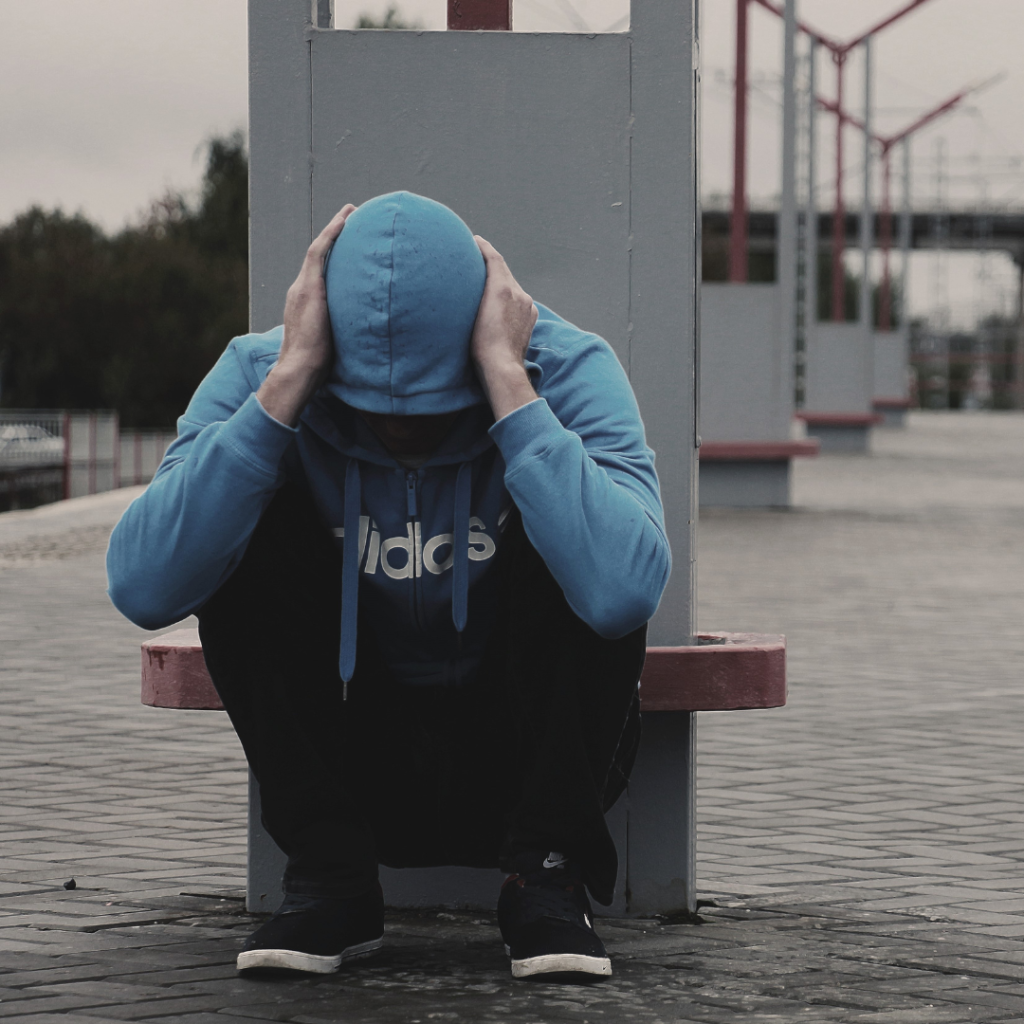Hopelessness is a profound and often debilitating emotional state that can cast a shadow over every aspect of a person’s life. It can make you feel as if you’re trapped in a never-ending cycle of despair, with no way out. However, hopelessness is not a permanent condition, and there are ways to overcome it. In this blog, we’ll explore what hopelessness is, how it manifests, and provide practical strategies to help you find hope and purpose once more.
What is Hopelessness?
Hopelessness is a deep sense of despair, powerlessness, and a belief that nothing can change for the better. It can manifest in various forms, from mild feelings of helplessness to severe depressive episodes. It can be caused by a range of factors, including personal setbacks, trauma, chronic stress, or mental health issues.

Signs of Hopelessness
Lack of Motivation: A pervasive sense of apathy and a loss of interest in activities you once enjoyed.
Negative Self-Talk: Engaging in negative self-talk and harsh self-criticism, often focusing on past mistakes and perceived failures.
Social Withdrawal: Isolating yourself from friends and loved ones, or withdrawing from social activities and responsibilities.
Physical Symptoms: Feeling physically drained, experiencing changes in sleep and appetite, and possibly struggling with unexplained physical symptoms like headaches or digestive issues.
Suicidal Thoughts: In severe cases, hopelessness can lead to thoughts of self-harm or suicide. If you or someone you know is experiencing these thoughts, seek professional help immediately.

How to Overcome Hopelessness
Self-Awareness: The first step in overcoming hopelessness is recognizing and acknowledging it. Understand that hopelessness is an emotional state, not a permanent condition.
Seek Professional Help: If you are experiencing severe hopelessness or suicidal thoughts, do not hesitate to reach out to a mental health professional for immediate support.
Set Realistic Goals: Start with small, achievable goals that give you a sense of accomplishment. Gradually increase their complexity as you regain confidence.
Reach Out for Support: Connect with friends and family who can provide emotional support and understanding. Sometimes, talking about your feelings can be a powerful release.
Engage in Self-Care: Prioritize self-care activities like exercise, meditation, and relaxation techniques. These can help improve your overall well-being and mood.
Challenge Negative Thoughts: Challenge and reframe negative thought patterns. Cognitive-behavioral therapy (CBT) can be a helpful approach in this regard.
Rediscover Passion: Reconnect with hobbies, interests, and activities that once brought you joy. Exploring new interests can also help reignite your passion for life.
Create a Supportive Environment: Surround yourself with people who uplift and support you, and distance yourself from those who contribute to your feelings of hopelessness.
Give Back: Volunteering or helping others in need can create a sense of purpose and satisfaction, which can combat feelings of hopelessness.
Therapeutic Interventions: Consider therapy or counseling to address the underlying causes of your hopelessness. Various therapeutic approaches, such as talk therapy, can be effective.
Overcoming hopelessness is a process that involves self-compassion, patience, and support from others. Remember that hope is a powerful force and, even in the darkest of times, it can be rekindled. By taking small steps to address your hopelessness, seeking professional help when needed, and surrounding yourself with positivity and support, you can break free from the grip of despair and rediscover a life filled with purpose, meaning, and joy. You are never truly alone, and there is hope for a brighter future.


